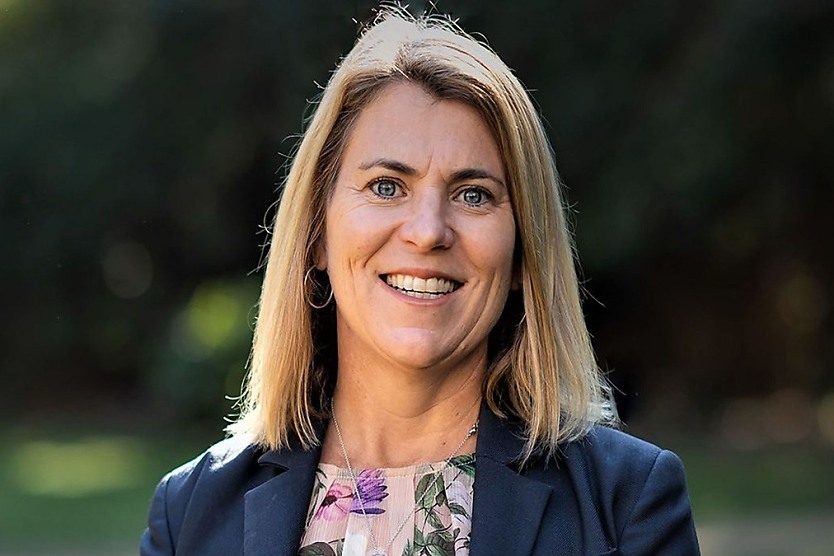
Despite advancements aimed at transforming newsrooms to represent broader society, Australia’s largest media study has indicated a ‘mixed’ evaluation of these efforts in newsrooms.
A recent study by the Women’s Leadership Institute Australia (WLIA) has provided an insightful evaluation of gender representation within Australian newsrooms, yielding what can be described as a “mixed report card”.
The study, An Unfinished Story: Understanding Gender Bias in Australian Newsroom, was conducted under La Trobe University Professor of Solicitor Communication Andrea Carson and is the sixth edition of the Women for Media series.
The research analysed over 200,00 articles to assess the “gender of bylines and expert sources across key news topics and major media outlets”.
The WLIA report revealed ongoing gender disparities within the field of business journalism, noting that it continues to be “dominated by male reports and experts”. However, the report also highlighted advancements in political reporting since the previous study conducted in 2021.
Twelve years after the inaugural report was released, Carson observed that advancements towards achieving gender parity in media representation are “moving slowly”.
“While we found almost equal numbers of male and female journalists in Australia, women still disproportionately cover soft news stories, while men write the hard news topic areas,” Carson said.
“Male journalists are more prevalent on the front-page stories and receive ‘exclusive’ taglines more than twice as often as women, while women remain under-represented in newspapers’ premium pages and the opinion and commentary sections.
“However, we found that The Herald Sun and The Canberra Times have similar numbers of men and women writing front-page stories and opinion articles.”
Despite the progress, the overall gender divide persists, particularly in the opinion pages where Carson revealed that men account for over 70 per cent of the opinion bylines, marking a 6 per cent increase since the 2021 report.
Additionally, the report uncovered a significant gender imbalance in the expert opinions quoted in news articles. Carson disclosed that “men account for 80 per cent of expert opinion”. However, he outlined that “women journalists are better at quoting women sources than men do”.
“Women have made gains in the high-status area of political reporting, but a long shadow of gender bias exists within topics such as business and economic reporting. Gender equality is vital in the news media for democracy and civic engagement.
“Everyone should have the same opportunity to participate in public life, free from any form of discrimination, but there are still significant gaps in gender representation across society, including our democratic institutions like government, the judiciary, and, as this report highlights, the media,” Carson said.
To address these disparities, Carson suggested that media organisations should actively “encourage and support women to take on roles in traditionally male-dominated reporting areas”.
Additionally, he raised the point that media organisations need to implement “newsroom policies and practices that ensure a more balanced distribution of story topics to both men and women journalists”.
“They can increase the representation of women in high-visibility pages such as the front page and opinion and commentary sections, and in traditional male topic areas such as sports, business, economics and international affairs,” Carson said.
“Male journalists should be aware of their tendency to choose male sources and to make conscious choices to include women experts in their reporting.”
Carol Schwartz, AO, chair of WLIA, echoed Carson’s sentiments, stressing the critical need to prioritise diverse perspectives in news reporting.
“The stories we see, the voices we consider authoritative and the narratives we embrace all determine the future we build,” Schwartz said.
“We need to shift the norms of who we see and hear as leaders and experts – and that starts with bringing more diverse voices into public commentary. Both in terms of who produces the news and who features in it.
“This is about more than just gender; it’s about creating a more inclusive, responsive and collaborative society. Shared power and decision making between men and women leads to better outcomes for all Australians.”









